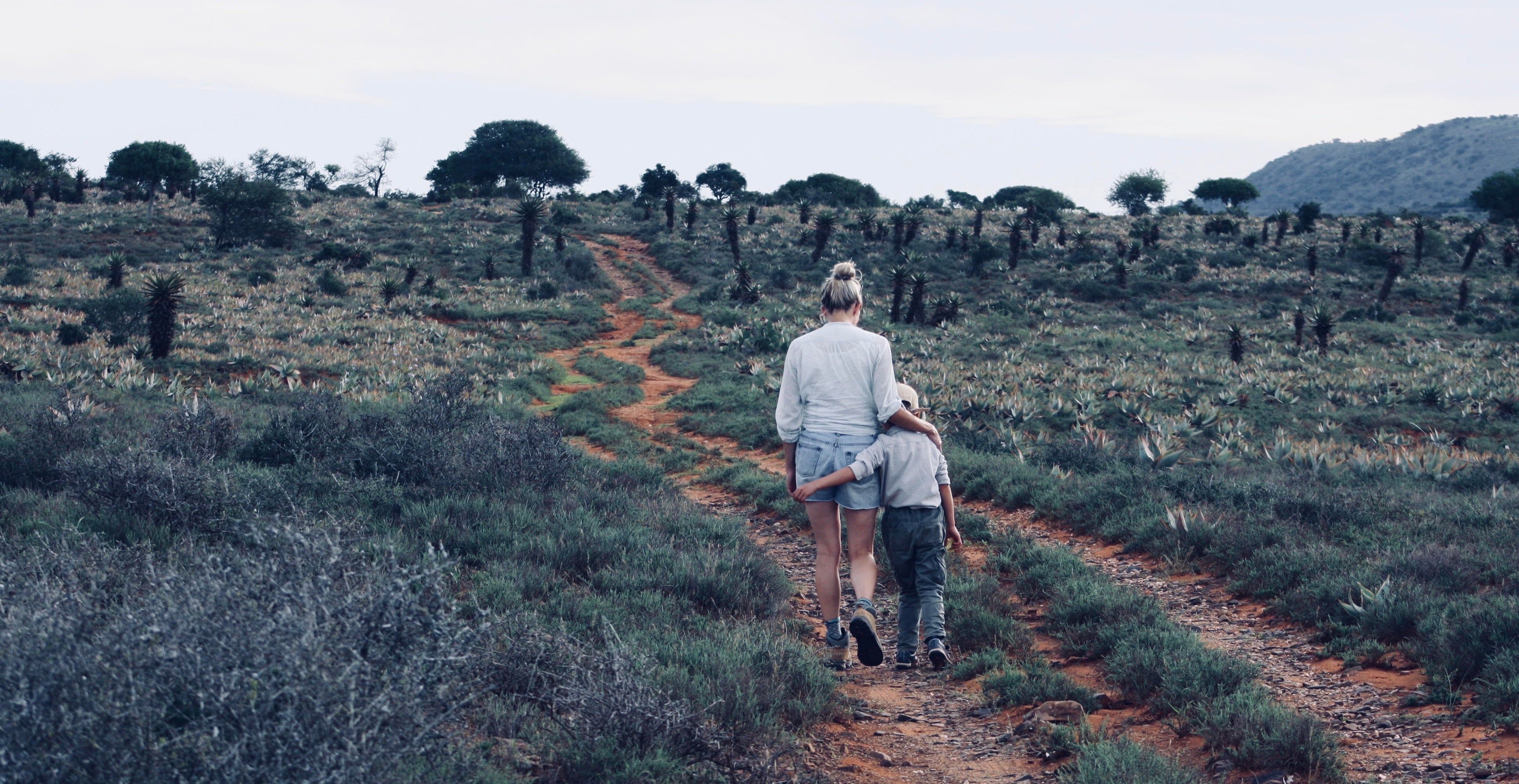Back to Journal
With everyone’s heart set on their holidays it is not a very popular time to talk about the carbon footprint made by long distance travel. However, it is important to know the facts so we can make well-informed travel plans.
At present, aviation is the fastest-growing contributor to Carbon Dioxide (CO2) emissions. To fly from London to Sydney and back emits almost five tonnes of CO2. To put that in perspective, an average person’s carbon footprint in the United Kingdom is 9.7 tonnes. Although global annual CO2 emissions from aviation are significantly lower than those produced by road transport, the share is likely to grow substantially in the next two decades due to aviation growth worldwide.
Long distance travel is the biggest contributor to CO2 emissions because there is no alternative method of transportation. These facts and figures are sobering, however, as someone who recently flew her family of five to South Africa and back, swearing off international travel is not always possible.
Let’s use South Africa as a case study. One in 22 people are employed in the Tourism Sector. Despite the tough economic situation of the past decade, the tourism industry continues to grow and provide more jobs year on year. At the 2018 International Travel Trade Show in Germany last year, South African Tourism CEO, Sisa Ntshona, was quoted as stating that tourism is ‘vitally important’ to the South African economy.
How, then, can we travel more intentionally?
Be Informed
The website www.chooseclimate.org has a section on flying that allows you to enter the details of your journey and view detailed calculations of the emissions produced. Sites such as www.co2balance.com allow you to compare the emissions produced by different forms of travel in order to work out the method with the least environmental impact.
Pick the Best Airline
The International Council on Clean Transportation has compiled a transatlantic airline fuel efficiency ranking that highlights discrepancies between the airlines’ CO2 emissions. You can visit their website and find out information on the airlines that serve the destination to which you want to travel.
Offset Your Carbon Footprint
Carbon offsetting a way we can work towards compensating for our carbon emissions. By investing in high quality carbon offset projects we can help to combat global climate change and support local communities. www.carbonfootprint.com allows you to calculate your carbon footprint and has a fantastic range of carbon offset projects to which you can contribute.
Fly Direct
Most of an aircraft’s fuel is burned during take-off and landing. Often, our main priority is finding the cheapest flight, however, by choosing a more direct route you are taking steps to reduce CO2 emissions.
At STORIES Parfums we are always looking for ways to make our brand environmentally conscious. If you would like to find out more about our practices, visit the Sustainability section on our website.



Leave a comment
This site is protected by hCaptcha and the hCaptcha Privacy Policy and Terms of Service apply.